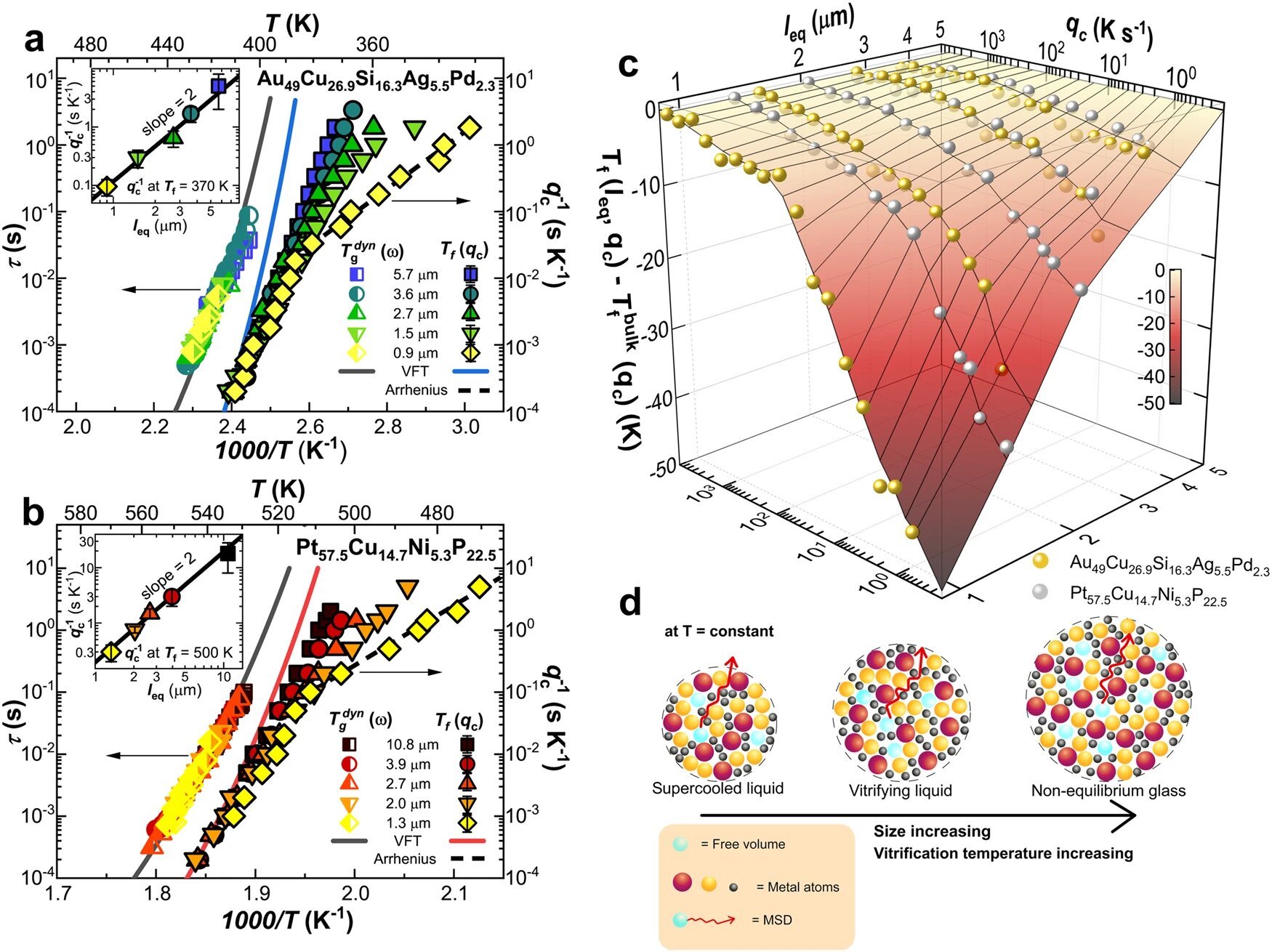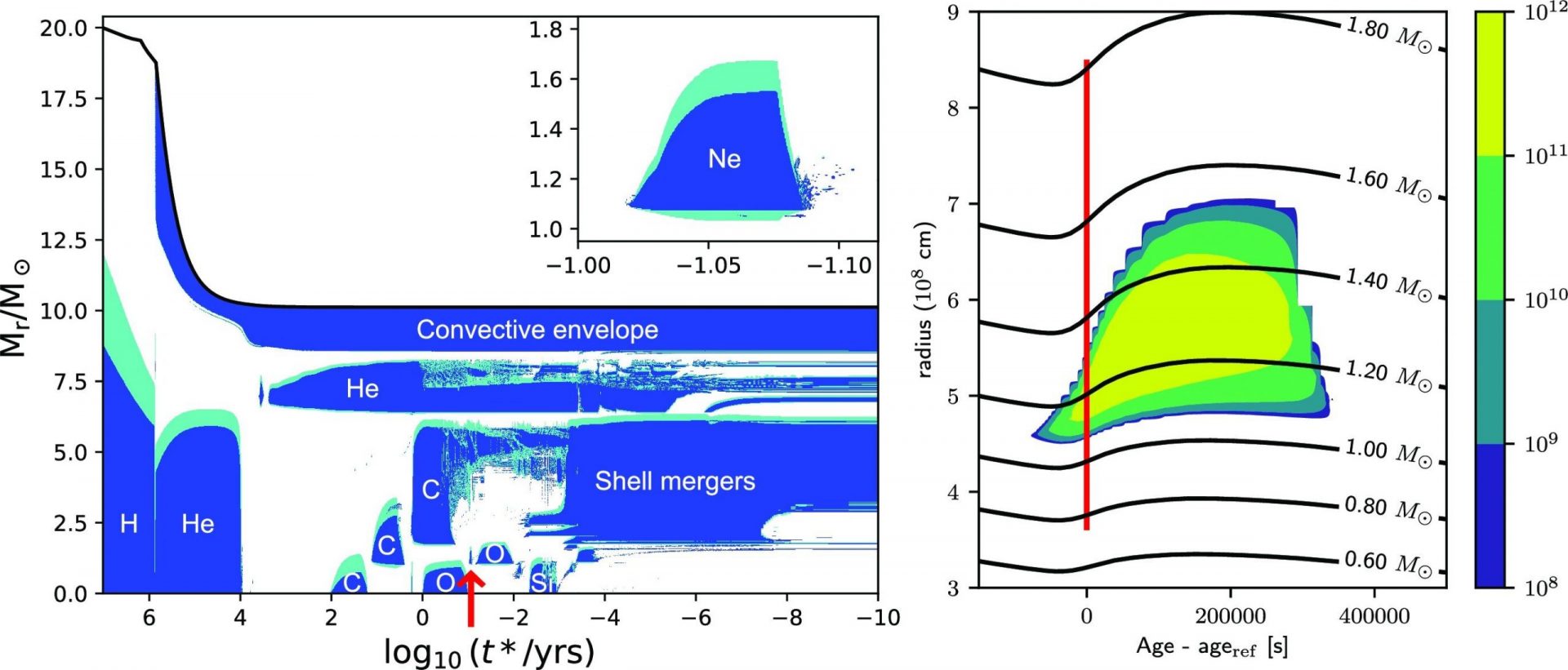When you hear the word ‘glasses’, you probably think of drinking glasses or eyewear. But did you know that metallic glasses, also known as amorphous metals, are making waves in scientific research and technology?
When metals are rapidly cooled, they become chaotic and disordered at the atomic level, forming metallic glasses. These glasses have unique properties, such as being stronger than steel while having the elasticity of a polymer.
Isabella Gallino, a materials scientist, has been studying the atomic-level behavior during the glass transition for years. She discovered that metallic glasses don’t lose their liquid-state properties at the same time they acquire their solid-state properties. Instead, smaller atoms can still move around and impart liquid properties to the alloy until they freeze, resulting in the formation of a glass.
Gallino and her colleagues conducted an experiment with metal droplets of different sizes and found that smaller droplets resist being frozen into the glass state for longer. This phenomenon applies not only to metallic alloys but also to other materials that solidify into a glass structure.
The implications of this discovery are far-reaching, especially in industries like semiconductors and composite materials. Understanding how materials behave at the micrometer level allows scientists to influence their durability.
These findings, published in the journal Nature Communications, open up new possibilities for the future of materials science.








